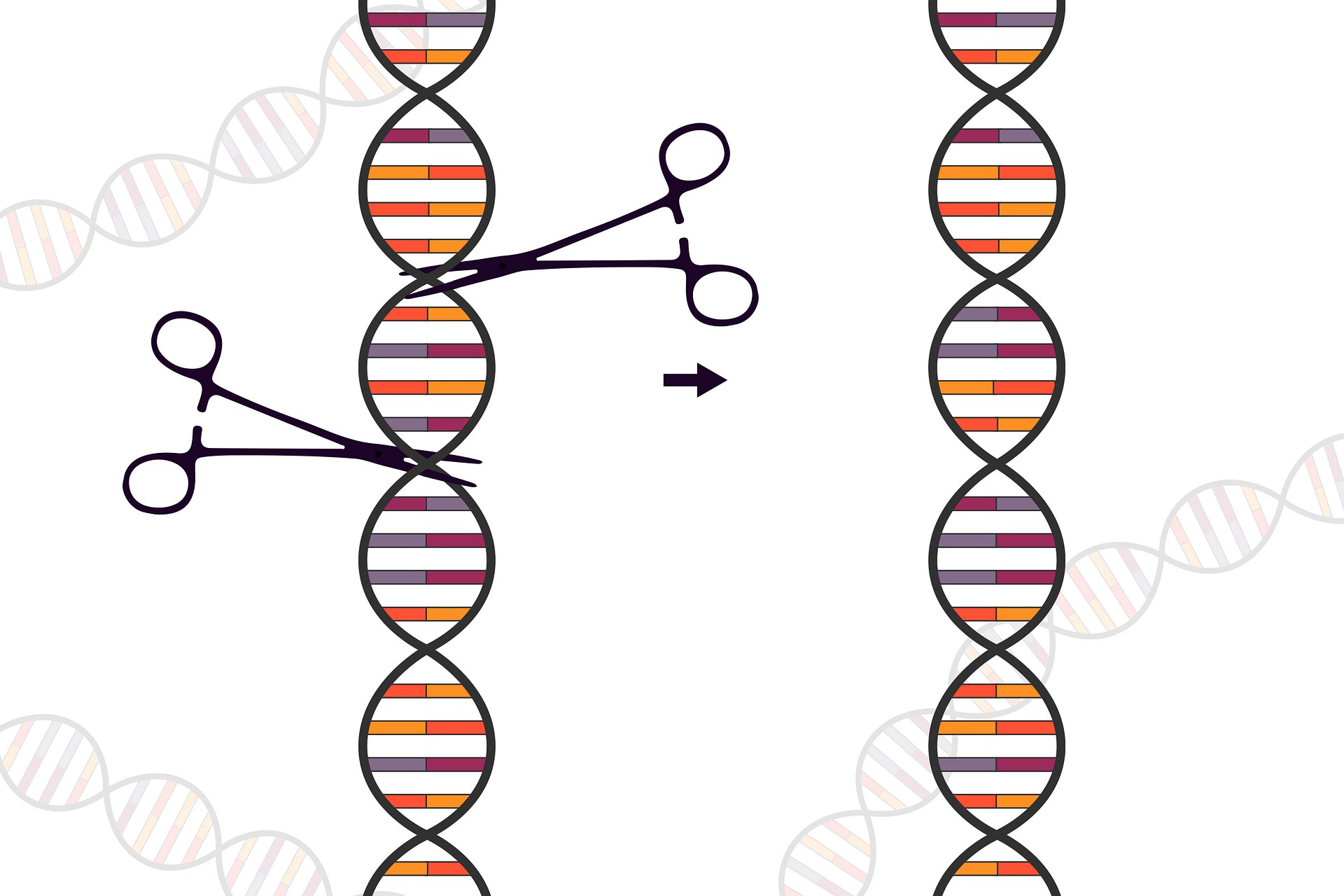Successfully edits out virus genes in primates, and neutralises cancer cells
You might remember that this year’s Nobel Prize in chemistry was won for a technology that allows us to cut out undesirable parts of a gene structure.
Today, we present two new applications of that technology.
Neutralising Cancer Cells
A research was funded by the Israel Cancer Research Fund, and conducted by Tel Aviv University, Integrated DNA Technologies (a US based firm), and Harvard Medical School.
Its results show that it is possible to cut the genetic systems that are responsible for the survival of the cancer cells. This means that the cancer cells cannot then reproduce or survive.
This is not the same as chemotherapy. Currently, the most popular treatment for cancer is chemotherapy. In this therapy, the healthy and cancerous cells are both attacked. In CRISPR based gene therapy, only the cancer cells are attacked and changed.
CRISPR on SIV, to help HIV patients
In the second research, scientists at the Temple University (USA) were able to use CRISPR technology to cut out the virus from the infected cells of primates.
The Human Immuno-Deficiency Virus (HIV) is a close relative of the Simian Immuno-Deficiency Virus (SIV), on which this research was successful.
The HIV virus causes an illness called AIDS – Acquired Immuno-Deficiency Syndrome. In this, the virus attacks the body and the body loses its immunity. (Immuno-Deficiency).
The virus was first identified in the 1980s and since then, research has been ongoing to find a cure for this disorder.
Current Stage of Research
Both these technologies are currently in the research and development stage.
The Tel Aviv research will now start to find a way to deliver the therapy to the patients.
The Temple University has had success with SIV. Although SIV is very close to HIV, the research needs to be replicated on the human variant of the virus before it can be useful to humans.
Most new medicines take about 8-10 years to reach the market. To protect people, most governments have strict rules for thoroughly testing a medicine before it can be called a medicine and used to treat people.

